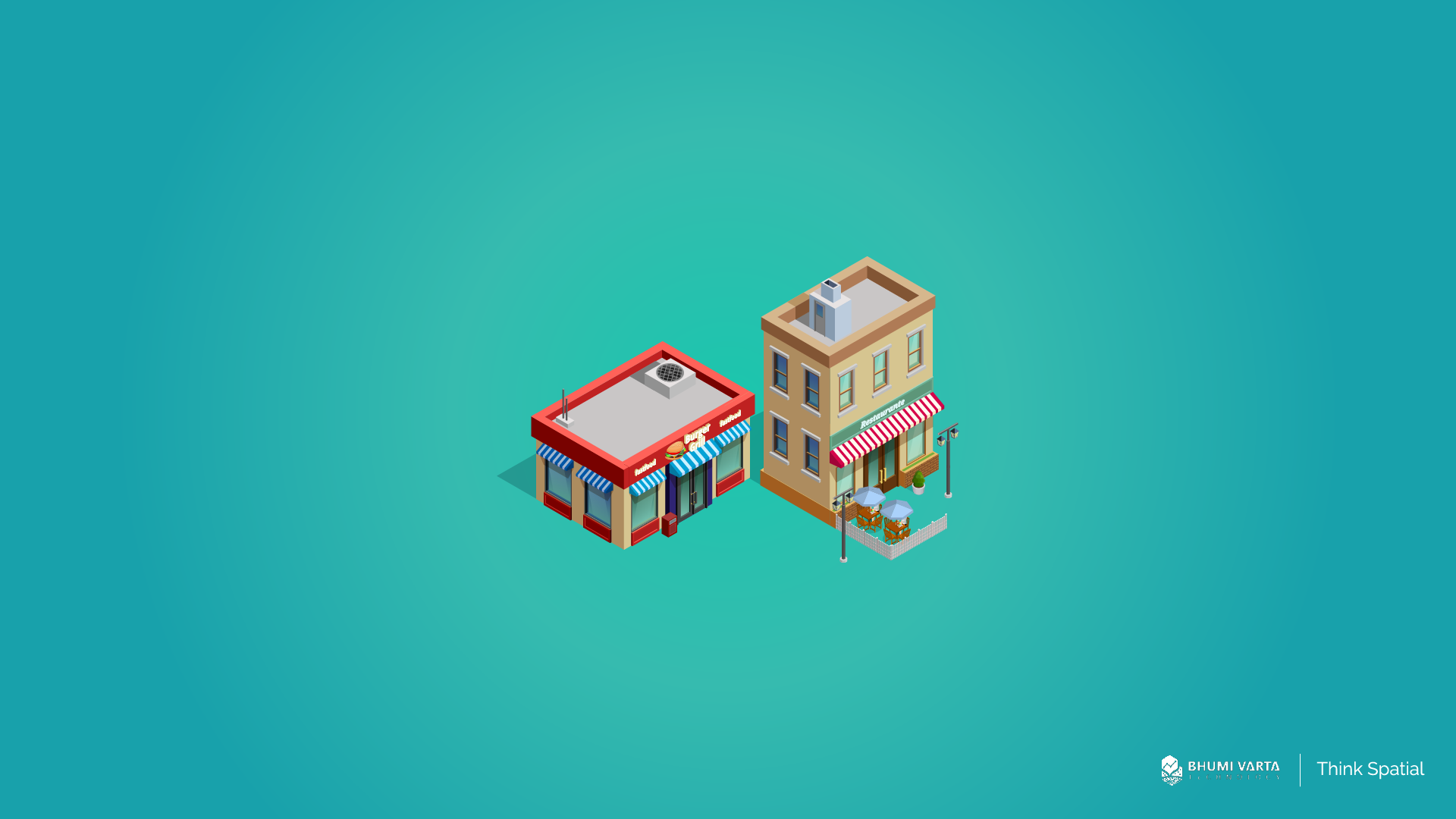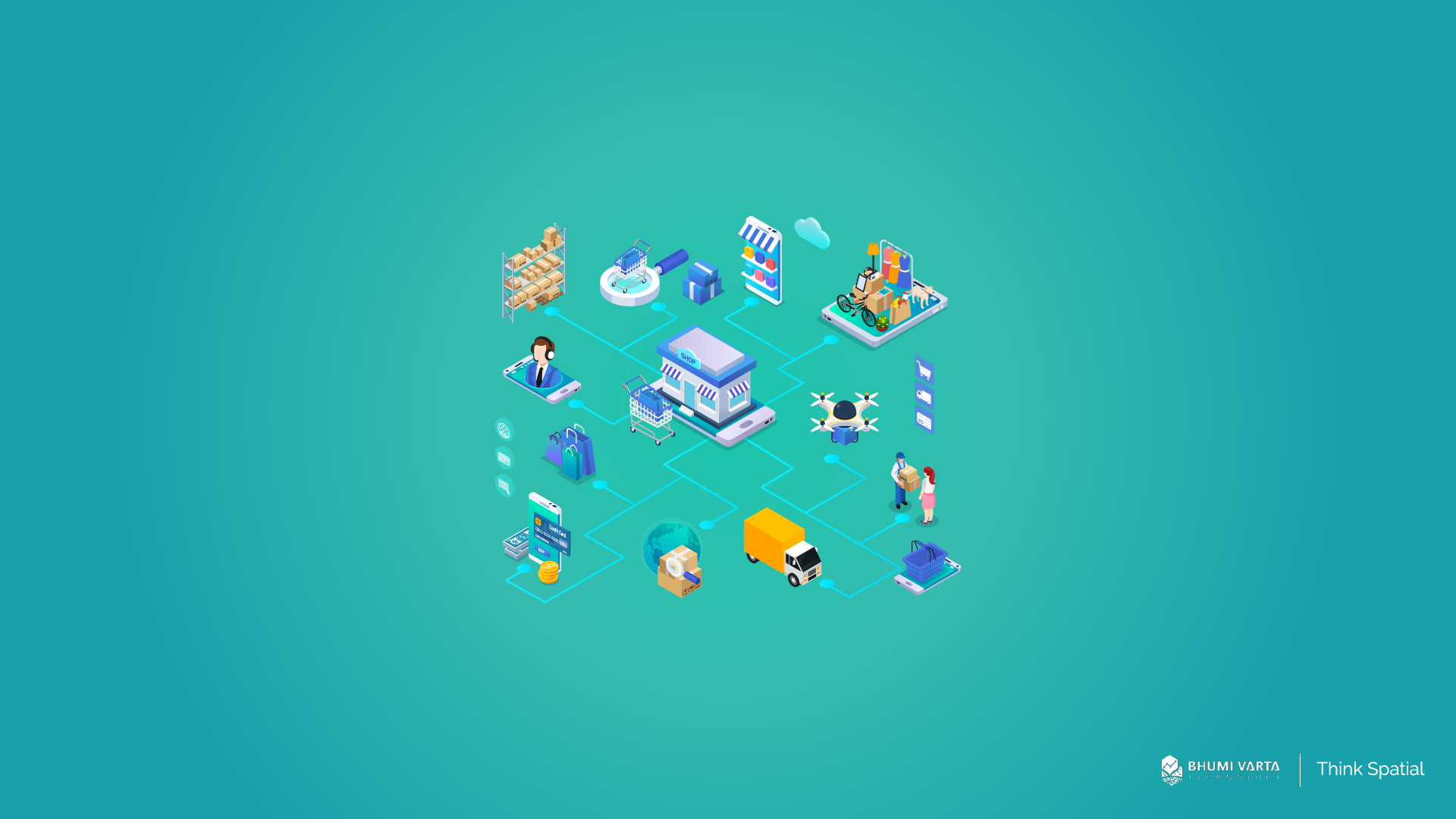Geocoding helps us better understand a location. In simple terms, it’s the process of turning things like street addresses, place names, or landmarks (like mountains, rivers, or buildings) into geographic coordinates — specifically, latitude and longitude.
The main goal of geocoding is to make sure addresses or locations can be accurately pinpointed on a map, making navigation, analysis, and other location-based tasks way easier.
In this article, we’ll dive into what geocoding is and explore its different types.
Contents
What is Geocoding?
Geocoding is a key part of mapping technology that turns location descriptions, like full addresses or place names, into geographic coordinates — latitude and longitude.
Take PT. Bhumi Varta Technology’s address, for example: Foresta Business Loft 3, Jl. BSD Boulevard Utara No.19, Lengkong Kulon, Pagedangan, Tangerang Regency, Banten 15331. Geocoding converts this address into coordinates: latitude -6.285291278522251 and longitude -106.64168146078944.
With these coordinates, the location can be used for all sorts of location-based analysis, like planning routes or making strategic decisions.
There are two main ways to do geocoding: manually and automatically.
- Manual method: A person enters the location data, like addresses, into the system. It requires a lot of attention to detail to make sure the data is accurate, especially if the address is complicated or hard to pinpoint.
- Automatic method: This method uses software to quickly and efficiently process lots of location data.
Types of Geocoding
Geocoding helps businesses easily find all kinds of locations, like points of interest (POIs)—for example, bridges, shops, buildings, restaurants, and other places that are important for business needs. There are two main types of geocoding: single geocoding and batch geocoding. Here’s what they mean:
Single geocoding
Single geocoding is when you convert one address or location into geographic coordinates at a time. This method is great for businesses that need fast, efficient location mapping.
For example, field sales teams use apps where they enter the address of a place they need to visit—whether it’s a customer’s address, a store, or a distribution point. After entering the address, the app processes the information, turns it into coordinates, and shows the location on a digital map.
Another example is using ride-hailing apps. Users enter their location, either by typing in the address or letting the GPS automatically detect it. The app then processes the data and turns it into geographic coordinates, displaying the location of the nearest driver on a real-time map.
Batch geocoding
Next up is batch geocoding. Unlike single geocoding, which can only process one address at a time, batch geocoding lets you process multiple addresses all at once.
Batch geocoding is perfect for businesses that need to handle large datasets, like companies with tons of branch addresses, customer locations, or distribution points. Instead of converting each address one by one, batch geocoding can process hundreds or even thousands of addresses in no time.
For example, a retail business might use batch geocoding to find the best spots for opening new branches. The business would gather a list of potential locations—places that are considered ideal for expansion, like shopping areas, high-traffic spots, or locations near their target market. Once the list of addresses is ready, they can upload it to a platform that offers batch geocoding.
From there, the platform converts all the addresses into geographic coordinates and gives recommendations on the most strategic and profitable locations for opening a new branch.
Find the Best Location for Your New Branch with LOKASI Intelligence
LOKASI Intelligence is a geospatial analysis platform that integrates location intelligence with detailed location data, making it super easy for businesses to find the perfect spot for a new branch or store.
With LOKASI, businesses don’t just pick a location—they can also analyze key factors that affect its potential, like nearby points of interest (POIs) such as shopping malls, restaurants, or public facilities that could attract more customers.
On top of that, LOKASI tracks foot traffic, helping businesses understand crowd levels, accessibility, and visibility at a location. With all this info, LOKASI makes it easier for businesses to make smarter decisions when selecting strategic locations and reducing risks.
Want to learn more about how LOKASI Intelligence can help your business? Get in touch with us via email: at [email protected] or on WhatsApp: 087779077750.
FAQs
What does geocoding mean?
Geocoding is the process of converting a description of a location, such as a complete address or place name, into geographic coordinates in the form of latitude and longitude.
What is the main purpose of geocoding?
The main purpose of geocoding is to ensure that a specific address or location can be accurately found and placed on a map, providing precise location determination.
What is geocoding software?
Geocoding software is a tool that processes addresses into geographic coordinates. The software takes the address data entered by the user—whether it’s a complete address, place name, or other information—and converts it into location points that can be mapped on a digital map.



